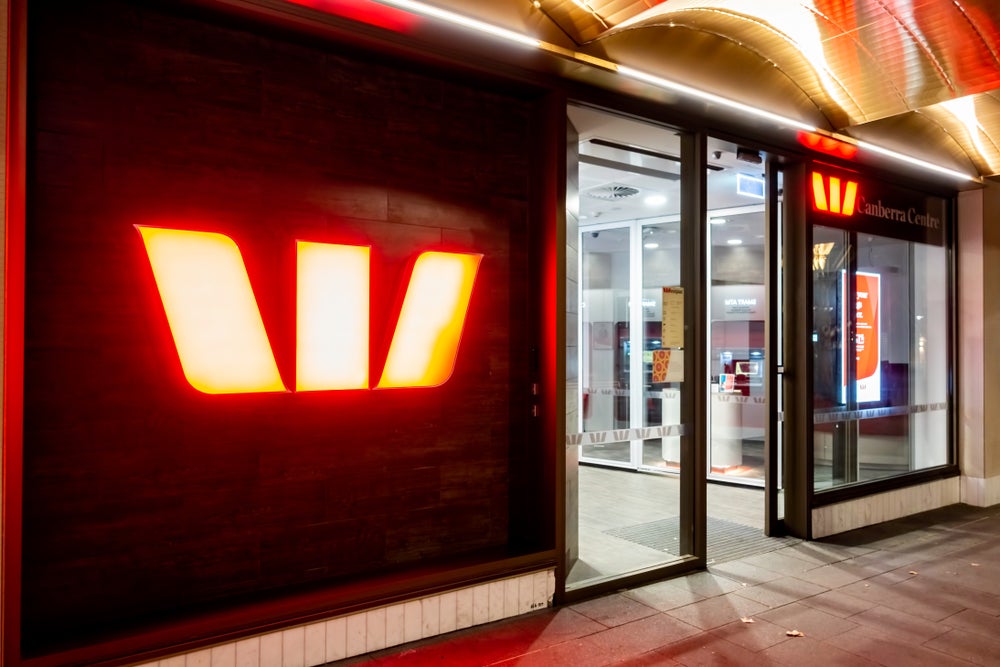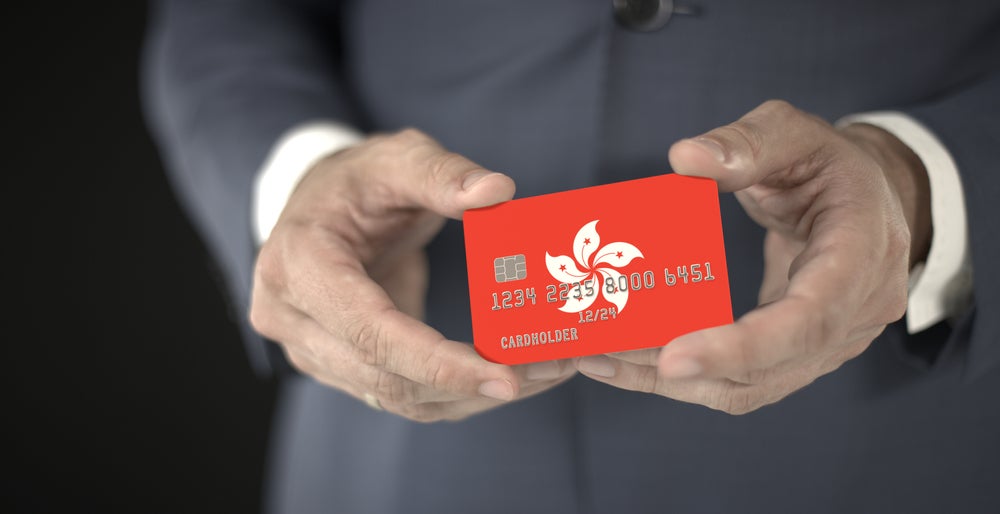Sav Credit operates in the near-prime credit
sector and has made a number of high-profile acquisitions recently.
Despite the credit crunch, the company is optimistic about market
conditions and is on the lookout for more acquisitions as it looks
to scale up. William Cain reports.
UK-based credit card lender Sav Credit raised
eyebrows in October with the acquisition from HSBC of the
near-prime marbles/Beneficial credit card portfolios for £385
million ($765 million). Sav specialises in the less creditworthy
end of the market. But in the face of continuing speculation that
trouble in financial markets and an economic downturn would hit
consumer lending, CEO Richard Langstaff said it is “business as
usual” in the subprime credit card lending market. Langstaff
insists he has witnessed virtually no change in customer credit
behaviour – despite the ongoing credit crunch.
surprised if you were hearing that a lot of UK credit card issuers
are seeing significant increases in delinquencies, because I don’t
think that is happening. I think you might see some tightening of
the market and tightening of underwriting criteria in the card
market, probably due to the general reaction to what’s happening in
the financial markets and the credit crunch, and also pre-emptive
tightening – people tightening now to prevent problems later
on.”
Market tightening
There has been evidence of pre-emptive tightening already in the
UK, with internet bank and credit card provider Egg withdrawing
customer accounts, and the reduction of credit periods and increase
in transfer fees by some prime issuers. Egg’s decision to withdraw
the cards of 161,000 customers is particularly significant because
it highlights how issuers are reconsidering their lending criteria
in the current lending environment. Langstaff said he was unclear
from press and industry information what Egg had done and
why.
being squeezed to be as efficient as possible. Langstaff also
thinks that it presents a business opportunity for those providers
operating at the less creditworthy end of the market.
role at this end of the market. To the extent there’s tightening in
the market and greater exclusion and to the extent it’s leaving
people who are perfectly creditworthy and capable of having a card
but are not being offered one right now, then I think the role we
can play in giving those people access to a really good product
like a credit card is a good thing for us and them.”
borrowers with poor credit ratings, such as Capital One,
Barclaycard and Halifax, may benefit from belt-tightening in the
prime market, there are advantages to this business model. Subprime
lenders tend to have lower income groups on their books, while the
credit crunch has been seen as a largely middle-class problem as
this income group is more likely to suffer directly from the
effects of an economic downturn.
Telegraph, Peter Crook, chief executive of Provident, a consumer
loans provider with a subprime credit card lending unit, Vanquis,
said his clients were permanently in a mini-recession because 40
percent were on benefits. It means that they were unlikely to be
affected adversely by a deteriorating economy because they simply
didn’t have jobs to lose.
How well do you really know your competitors?
Access the most comprehensive Company Profiles on the market, powered by GlobalData. Save hours of research. Gain competitive edge.

Thank you!
Your download email will arrive shortly
Not ready to buy yet? Download a free sample
We are confident about the unique quality of our Company Profiles. However, we want you to make the most beneficial decision for your business, so we offer a free sample that you can download by submitting the below form
By GlobalDataCredit management
Risk management is clearly a key component of any business
operating in the subprime market. Langstaff said Sav had not taken
actions to tighten UK lending criteria specifically as a result of
the credit crunch, since credit management was already one of the
key parts of its business. But he said the company was continually
assessing and looking at how credit was managed across the
spectrum.
both underwriting and customer management. The other thing that is
very important is customer service. Ultimately, our customers are
at the very heart of our business and if they go somewhere else,
it’s a real loss as far as we’re concerned. I think no matter what
segment you’re in in the credit card market, making sure your
customers are happy and satisfied with your product, is
vital.”
card, issued by Halifax. There are around 150,000 aqua accounts,
but another 338,000 marbles/Beneficial accounts from the
acquisition, which it is currently migrating. The acquired marbles
brand stopped accepting new applications under HSBC, and that
remains the case at Sav. The former HSBC cardholders received a
lower APR than current Sav cardholders receive – 22.2 percent
compared with 33 percent – although rates could be up for
negotiation during the migration.
confidentiality clause on the migration process, but said it was
progressing “in much the same way any normal credit portfolio
migration would”. When a credit card business acquires a portfolio,
it usually has around nine months to migrate it from the seller to
the buyer, according to Steve Willey, head of cards at financial
comparison website Moneysupermarket.com. Willey, who previously
worked on MBNA’s acquisitions of portfolios from HBOS from 2003 to
2005, said migration plans involved making customers a retention
offer and issuing the customer a new card.
because it’s a subprime lender moving into more of a prime product.
Sav may come out with a new offer to retain customers and encourage
them to stay. Others might find their interest rate has increased
because they may be considered a greater risk to Sav than they were
to HSBC.”
marbles/Beneficial portfolios worked out at around £18 per account,
and was seen as quite cheap within the industry. It made sense for
Sav because of its expertise in what it calls the “non-conforming”
end of the market – Langstaff is keen to steer clear of the term
‘subprime’.
question, those terms are always a little confusing because they
mean different things to different people. In a portfolio as large
and complex as the one we bought, it will have many different
segments in it, some of what we would call prime. In general,
calling it a near-prime portfolio across the total portfolio is
about right. It’s a complex portfolio with many segments including
some prime segments, but if you look at it in its totality, it’s
probably fair to call it near-prime. I know from my own experience
that each of these things mean different things to different
people. So, I generally try to steer away from using it. I would
not say, if using standard industry vernacular, that it was a
subprime portfolio.”

Core competencies
Sav emphasises the strength of its underwriting and customer
management, which are core competencies in its market segment.For
Langstaff, the acquisition of the marbles portfolio made
straightforward business sense. “The thought process for us is that
we have, over time, developed a real skill in servicing customers
which I would broadly define as being in the non-conforming sector
of the market.
originating organically through e-mail and the internet. And we saw
in the opportunity to acquire this portfolio a chance to
significantly accelerate our growth through an inorganic approach.
That was the real driver for us. We felt this was a good portfolio,
we felt it fitted what we were looking at and fitted our skill base
well. Sav, now it has a more proven business model, is focusing on
scaling up the business.”
technicalities of Sav’s recent deal, he is also keeping an eye out
for others. He admits credit card acquisitions are a particularly
complicated process. In addition to the lengthy migration process,
the due diligence and analysis required to value credit cards is a
lot more complex than, for example, that required for mortgage
portfolios or instalment loan portfolios. But he said it was worth
it in the long run.
future acquisitions. I’m hopeful there will be further
opportunities. We have demonstrated an ability to manage non-prime
portfolios, and there are not many of those companies around. We
will look at opportunities as they come up and if there’s one which
meets our criteria, we may well pursue it.”
management team from within the credit card industry. Langstaff was
one of the founders. Previously, he held senior investment banking
positions with Citibank and Deutsche Bank working on structured
finance and more recently, helped set up Cabot Financial, a
business which specialises in debt purchasing.
UK credit card spending
Figures from UK payments association APACS released in the middle
of February, showed spending on credit cards increased 3.4 percent
year-on-year in the fourth quarter, up to £32.3 billion ($641
billion) from £31.3 billion.
Woods said the credit card outlook was still mixed in the UK in a
report looking at charge-offs and delinquencies. Its most recently
released figures for December showed average charge-offs – funds
owed but unlikely to be repaid – declined 16 basis points (bps) to
6.44 percent. But average delinquency rates – payments not made on
time –increased 5 bps to 6.16 percent.

The data is are based on results from RBS, Bank of America,
Barclaycard, Egg, Capital One and HSBC credit card portfolios,
which represent a mixture of different credit qualities and
consumer tendencies. HSBC’s results will be inherited by Sav Credit
following the deal.

Financial comparison website moneysupermarket.com’s head of
cards, Steve Willey, said: “Many analysts had expected households
to rein in their spending over the Christmas period as the impact
of last year’s rate hikes and rising food and energy bills took
their toll on family finances. However, there are worrying signs
that rather than cutting back, an increasing number of people are
relying on credit in order to make ends meet.”








